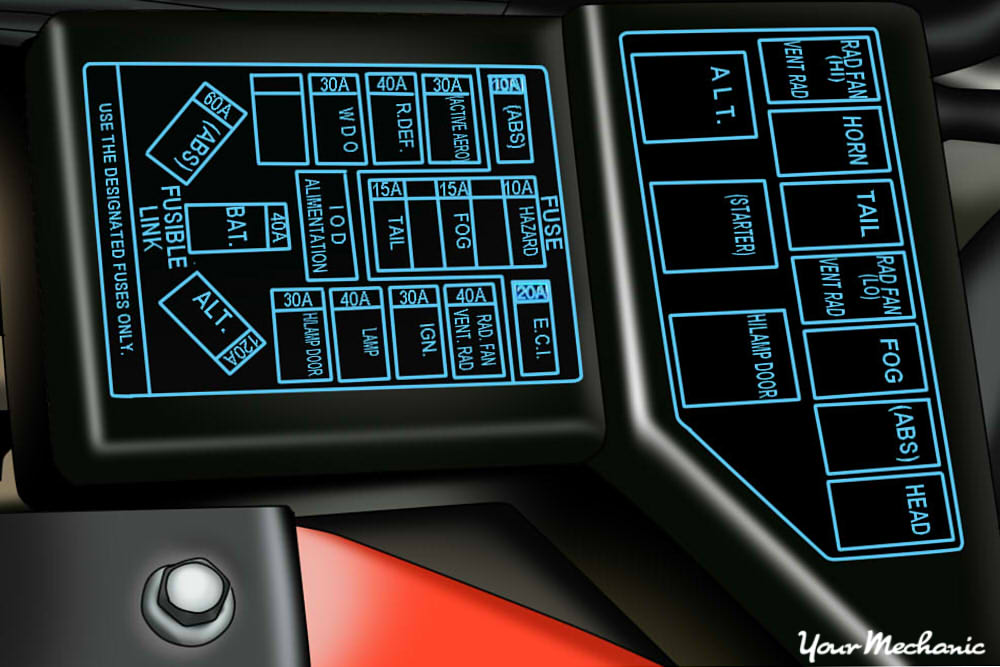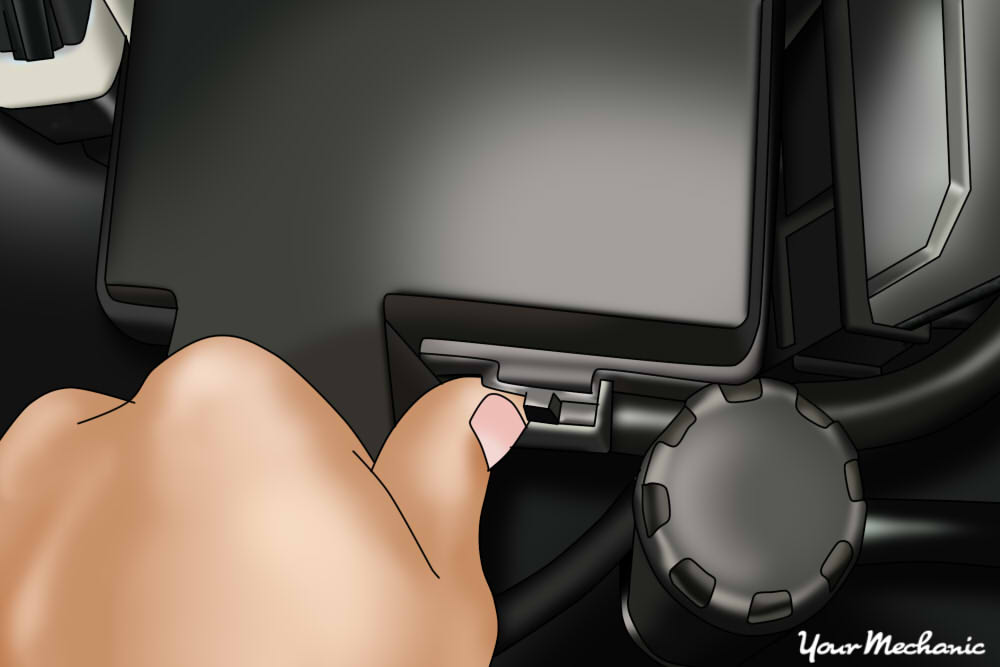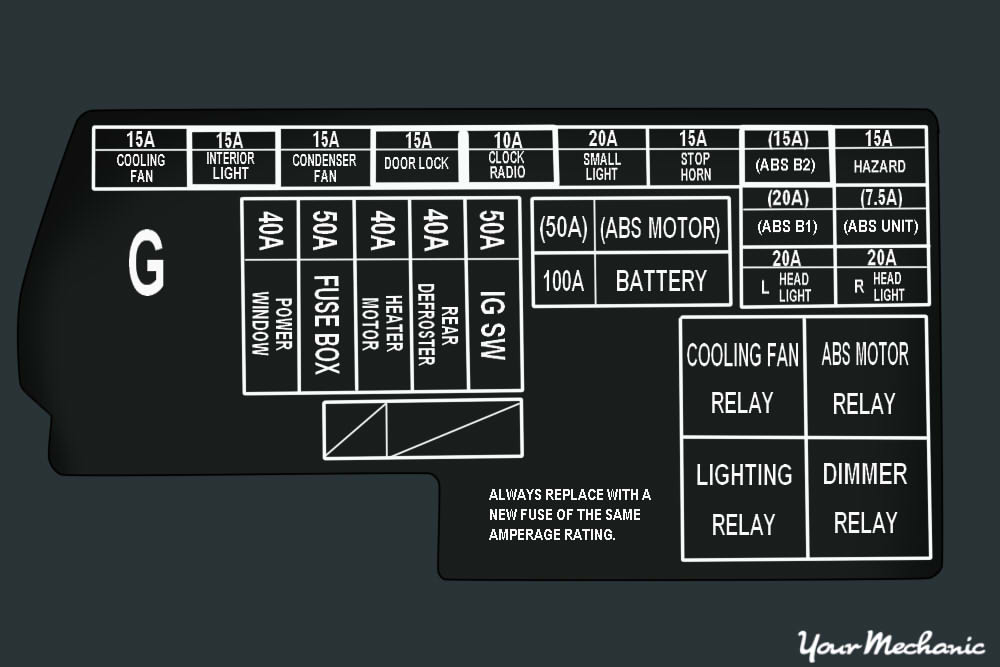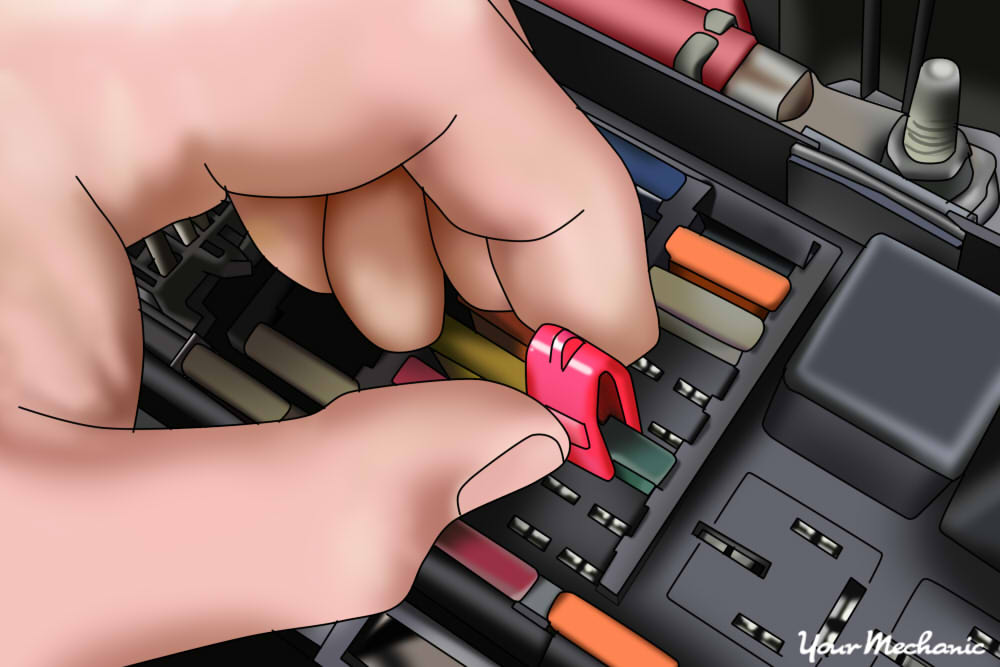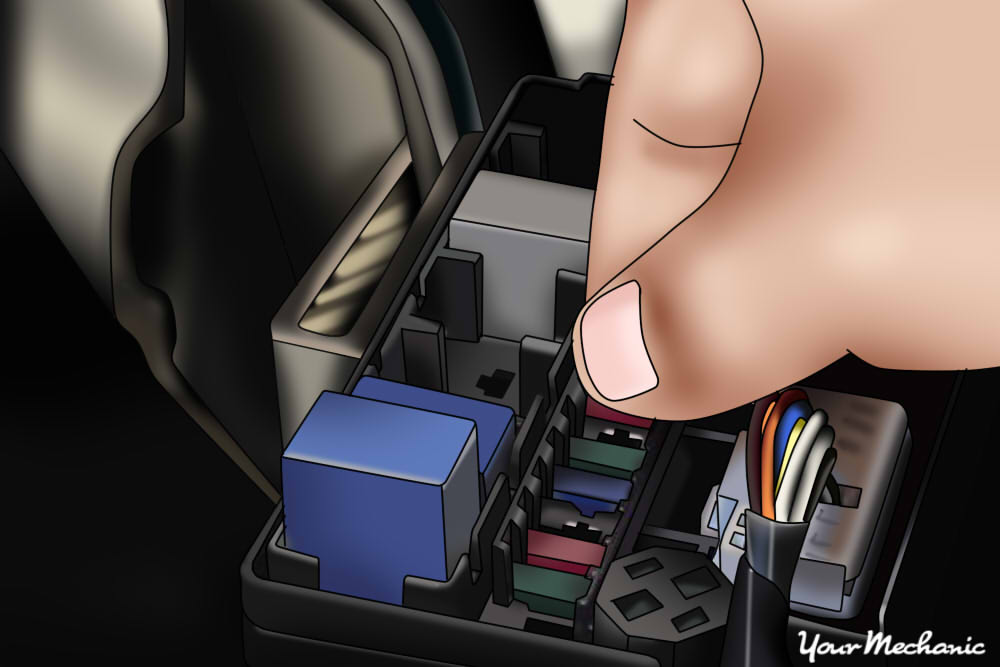

Most modern vehicles are equipped with an anti-lock braking system (ABS). The anti-lock brake system is a modern safety feature that greatly increases the effectiveness of the braking system, especially in adverse conditions. It works in such a way that there is no special input necessary by the driver to achieve maximum braking potential.
The function of the anti-lock brake system is to allow the braking system to operate at the maximum potential, for a given system, and it does this by modulating the pressure in the braking system to allow the wheels to keep from locking up under hard braking. An anti-lock braking system is especially useful during very hard braking events to avoid an accident, when roadways are wet from rain, they are snow covered, the roadways are icy, or on loose driving surfaces such as dirt or gravel.
The system intuitively, through a combination of sensors, electric servos/motors, and control units, senses wheel lock up and makes corrections in brake pressure in a fraction of a second. The anti-lock system is designed to detect wheel lock up, release just enough pressure to allow the wheel to turn again, and still keep as much pressure in the braking system as possible without the driver having to make any additional corrections manually.
When there is an issue with an anti-lock brake system (ABS), there is typically either a red or yellow warning light on the instrument cluster to alert the driver that there is a problem within the system. There are several problems that cause the warning light to come on. If a sensor goes bad, there is a problem with a control unit, or several other possibilities, these warning lights come on.
The modern vehicle employs several safety features. To protect the anti-lock brake system, in our case, it employs fuses and relays to protect the wiring and control units when there is an electrical issue. The purpose of this article is to cover how to replace the anti-lock brake fuse or relay mounted in the underhood fuse and relay box. This article will cover the general replacement and not any one model in particular.
- Warning: Be aware that brake fluid is highly caustic on any painted/finished surface and can damage these surfaces when they come in contact with each other. Brake fluid is water soluble on most standard types of brake fluid is neutralized with water. If a spill occurs, quickly rinse the affected area with water, being sure not to contaminate the brake fluid that is still in the system.
Part 1 of 1: Replacing an anti-lock brake fuse or relay
Materials Needed
- Fuse removal tool
- Needlenose pliers
- Relay puller pliers
- Screwdriver set
Step 1: Locate the underhood fuse/relay box. Open the hood and locate the fuse/relay box.
Manufacturers typically label the box with the word “Fuse” or “Relay” on the lid, but not all will.
Step 2: Remove the underhood fuse/relay box cover. The lid of the fuse/relay box is usually removed by hand.
Sometimes, however, a small screwdriver is needed to gently pry the retaining tabs back to release them.
Step 3: Identify the anti-lock brake fuse or relay to be replaced. Identify the anti-lock brake fuse or relay that needs to be replaced.
Most manufacturers provide a diagram on the lid of the underhood fuse/relay box that shows the location and function of each fuse and relay located inside the box.
Step 4: Remove the correct anti-lock fuse or relay that needs to be replaced. Remove the anti-lock brake fuse or relay that needs to be replaced.
This is typically done by pinching them between your fingers and pulling them up and out or by using the fuse removal tool supplied by some manufacturers. You may need to either wiggle them back and forth while pulling on them or use a pair of needle nose pliers (optional relay puller pliers for a relay) to pull them out.
- Note: You can also use a small screwdriver to gently pry the fuse or relay from its position, as long as you are very careful not to make contact with the metal terminals on them. This can cause a short and lead to additional issues.
Step 5: Match the replacement anti-lock brake fuse or relay to the replacement. Visually compare the replacement anti-lock brake fuse or relay to the one being removed.
Be sure it has the same basic dimensions, the same amperage rating, and that the terminals are in the same number and orientation.
Step 6: Insert replacement anti-lock brake fuse or relay. Line up the replacement anti-lock brake fuse or relay with the recess that the old one came out of.
Gently set it in place and push down until it stops. The base should be flush with the fuse box deck and be approximately the same height as the fuses or relays around it.
Step 7: Reinstall the underhood fuse/relay box cover. Place the underhood fuse/relay box cover back onto the fuse/relay box and push down on it until it engages the retaining tabs.
There should be either an audible click when it engages or a felt click.
Step 8: Verify installation. Turn the ignition on.
Verify that any warning lights on the instrument panel are now off. It may take a minute or two for the system to check itself and turn the light off.
Step 9: Test drive the vehicle. Once all warning lights are off, close the hood and test drive the vehicle.
Keep an eye on the instrument panel for any warning lights that may reappear and indicate that further service is needed.
The anti-lock brake system is one of the most important systems in the modern vehicle. Most other systems in a vehicle can operate when they are at a less than optimal state with little noticeable difference or risk to safety. The anti-lock brake system needs to be operating properly for the safety of the driver, the passengers, and all others around them. If, at any point, you feel you could use a hand with replacing an anti-lock brake fuse or relay, have one of YourMechanic’s certified technicians perform a replacement.


